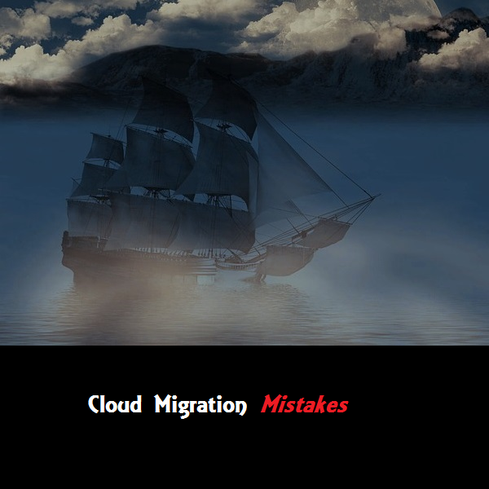Big Data: Matching Personalities In The Call Center
It's common for companies to record customer service calls. But what insights are they gaining from all that data? One solution: Matching customers with service reps for more harmonious calls.


10 Cloud Migration Mistakes To Avoid
10 Cloud Migration Mistakes To Avoid (Click image for larger view and slideshow.)
You hear the recording whenever you phone customer support: "Calls may be recorded for training and quality purposes." Of course, companies use call center recordings for training and compliance purposes, but they could do a lot more with this data.
Or so says Jason Wesbecher, chief marketing officer of Mattersight, a Chicago-based developer of personality-based applications for call centers. The company’s novel Behavioral Analytics software captures and examines a variety of contextual data, including voice calls from customers, to route callers to the best available representative -- at least from a personality-match standpoint.
"When you think of big data, there's a ton of data in that spoken conversation. No one is taking that data and trying to operationalize it in a new way," Wesbecher told InformationWeek in a phone interview. "Call-recording vendors are out there, but they're not focused on this kind of behavioral science angle."
Mattersight's cloud-based analytics, based on millions of proprietary algorithms as well as a set of behavioral models, can determine if a caller is outgoing, sarcastic, serious, or shy, the company claims. Its software is used by major retailers and insurers, including CVS Pharmacy and Esurance, a division of Allstate.
"There are a quarter-billion phone calls every day between American brands and their consumers, so there’s a lot of conversation happening," said Wesbecher. "For our customers, we're applying psychology and behavioral science to the phone call, and we're able to tell them, across a vast set of data, the health of those customer conversations based on psychological and behavioral attributes."
Here's how it works: Based on the words they use and how they use them, customers are classified within one of about a half-dozen personality constructs. This tells the company how the caller likes to communicate.
"What are their distress triggers? And what's the best way to de-escalate a situation they might be having, which in the call center business is really important right now," Wesbecher said.
Mattersight works with the call center in two ways. First, over a one- to two-week period, it captures key data patterns, including how individual call center reps handle certain personality styles.
Across a variety of phone calls, Mattersight identifies emerging patterns that indicate a service rep's ability to handle different personalities.
The company has a second product offering, where it comes in and looks at its client's historical call center data.
"We'll cross-reference it with our database of personalities and phone numbers," Wesbecher said. The goal is to pair two personalities -- caller and rep -- a match designed to generate shorter, more effective support calls.
"In this case, we don't actually present any information to the call center employee," said Wesbecher. "We just create more magical connections by pairing, right when the caller calls in, that [customer] with the service rep."
Mattersight plans to extend its Behavioral Analytics software beyond the call center and into the world of social media.
"There are 150 million daily active users of Facebook in the United States and Canada, creating mountains of user-generated content every day," said Wesbecher. "How can we take this behavioral profiling equation, and use it as an attribute for brands to better communicate, from an advertising standpoint, with the consumer on Facebook?"
[ Read about the ways women are gaining traction in the field of data science. ]
One retailer, for instance, might adopt two distinct marketing strategies to reach different personality types.
"We might get an ad from the same brand, but your ad will be totally different from my ad, given our personality files," Wesbecher said. "Mine might be full of bullet points and facts, and yours might be a family sitting around a Christmas tree, toasting. You could start segmenting the user population based on the text they're generating."
Attend Interop Las Vegas, the leading independent technology conference and expo series designed to inspire, inform, and connect the world's IT community. In 2015, look for all new programs, networking opportunities, and classes that will help you set your organization’s IT action plan. It happens April 27 to May 1. Register with Discount Code MPOIWK for $200 off Total Access & Conference Passes.
About the Author(s)
You May Also Like
How to Amplify DevOps with DevSecOps
May 22, 2024Generative AI: Use Cases and Risks in 2024
May 29, 2024Smart Service Management
June 4, 2024







